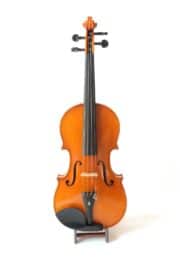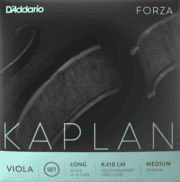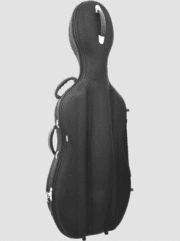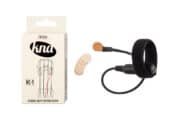Well, there you are! You’ve made it to Carnegie Hall, or Preservation Hall. Maybe your instructor mentioned that it might be better if you practiced in the hall…in a different building….
You know that your instrument used to sound better than that. It used to be clear as a bell. Now you are hearing that annoying buzz. It isn’t always there; only on certain notes and only then if you’re really leaning in to it, or perhaps playing quietly to yourself. The circumstance will almost always be different, but the cause is nearly always the same: a loose seam, or a separation in the spot where the fingerboard extends from the neck.
Orchestral stringed instruments are assembled using natural hide glue that is heated just before use. The common and accepted materials for these instruments are Spruce for the top plate and Maple for the sides, back and neck. The fingerboard is generally Ebony. Over time, with the expansion and contraction of the upper plate (top) of the instrument which is different than the sides and back, the glue can release in one of the seams. This is a good thing, because if there is a stress point and the glue didn’t release, it could cause a crack to open in one of the surfaces.
There you are, thirty minutes to curtain and your nemesis the buzz has reared its ugly head. If you can locate the opening by pulling very gently on the seams, watching for the shadow of a gap (be very careful when doing this on the C-bout tips, or they’ll snap off) then the seam can be re-affixed using nothing more than a little hot water, the chinrest and a paper clip with one loop straightened. This will be a temporary fix until you can get your instrument in to the shop for a proper checkup.
First remove the chinrest from the instrument using the straightened paper clip (or chinrest key). Be very careful not to push the paperclip so far through the chinrest turnbuckle that you scratch the rib with the end. The chinrest will become the gluing clamp for your repair.
Using whatever you can find (something thin but not sharp) drip a little hot water in to the open seam. Move the seam a little to help work the water in to the space, and then quickly attach the chinrest to the instrument being careful not to over tighten the turnbuckles. It won’t take much pressure. A good sign is if a little water is pushed back out as it is tightened. If needed wipe the edge with a cotton cloth. Leave clamped as long as you have time for (the longer the better).
When you remove the clamp, try to resist the temptation to give the spot a little tug to find out if it is holding. You could easily pop it back open. This quick fix will stand a decent chance of holding until you can get it in to Keller Strings for the proper attention it deserves.
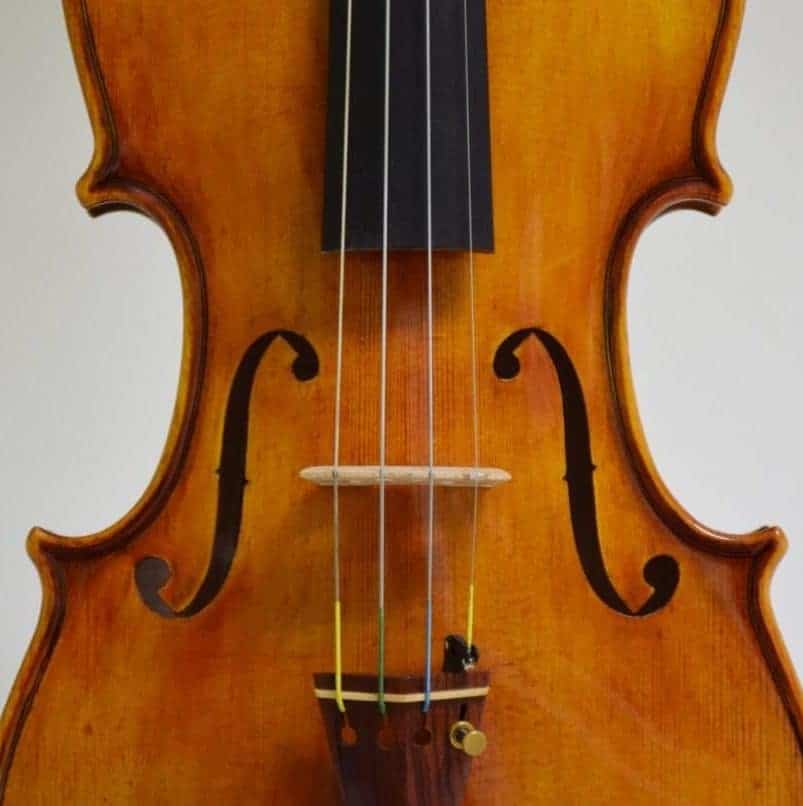 Visit our online store for great finds!
Visit our online store for great finds!
